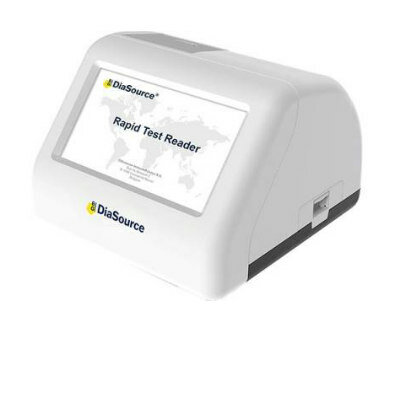New Tools Permit Delicate Manipulation of the Stem Cell Genome
By LabMedica International staff writers
Posted on 09 Aug 2011
Researchers have compared the effectiveness of two methods for modifying the genomes of human embryonic stem (ES) cells and induced pluripotent stem (iPS) cells.Posted on 09 Aug 2011
Investigators at the Whitehead Institute (Cambridge, MA, USA) initially employed zinc finger nucleases (ZFNs) to modify a single base pair in the iPS genome. Zinc-finger nucleases (ZFNs) are artificial restriction enzymes generated by fusing a zinc finger DNA-binding domain to a DNA-cleavage domain. Zinc finger domains can be engineered to target desired DNA sequences, and this enables zinc-finger nucleases to target unique sequences within complex genomes. By taking advantage of endogenous DNA repair machinery, these reagents can be used to precisely alter the genomes of higher organisms.
The modification, as described in the July 14, 2011, online edition of the journal Cell, was either the insertion or deletion of the mutation that causes early-onset Parkinson’s disease (PD). This technology allowed the researchers to study the same cell line in both a normal and diseased state.
In a parallel study published in the July 7, 2011, online edition of the journal Nature Biotechnology the investigators used an entirely different technique to modify the genome. Here they used transcription activator like effector nucleases (TALENs) instead of ZFNs. They reported that TALENs - employing the specific architectures described in their study - mediated site-specific genome modification in human pluripotent cells with similar efficiency and precision, as did ZFNs.
Both the ZFNs and the TALENs used in these studies were produced by Sangamo BioSciences (Richmond, CA, USA).
“It is very important that the cells be genetically identical and have the same history, then make or remove only that mutation,” said senior author Dr. Rudolf Jaenisch, professor of biology at the Whitehead Institute. “If you use control cells from one person and a diseased cell from another person, it is like comparing apples and oranges. This is very relevant for diseases like Parkinson’s, which likely will display only subtle phenotypes in the Petri dish. ”
Related Links:
Whitehead Institute
Sangamo BioSciences













